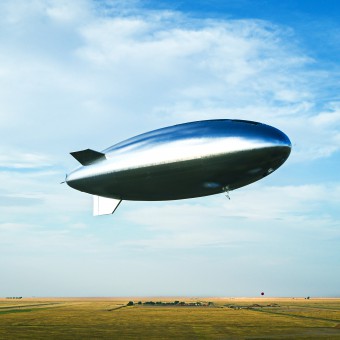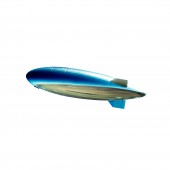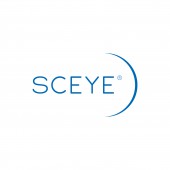Sceye High Altitude Platform Station Connecting and Protection by Kristian Vind |
Home > Winners > #149697 |
 |
|
||||
| DESIGN DETAILS | |||||
| DESIGN NAME: Sceye High Altitude Platform Station PRIMARY FUNCTION: Connecting and Protection INSPIRATION: 4 billion people lack connection today and we need accurate data about the well-being of our Earth more than ever. No existing infrastructure solves these gaps, as it is too expensive on the ground, too intermittent in space, and too temporary with planes. Inspired by humanitarian technology, Sceye uses advanced materials to offer a new kind of platform with stationary and carbon-free operations in the stratosphere. UNIQUE PROPERTIES / PROJECT DESCRIPTION: Sceye has created platform stations (HAPS) that operate in the stratosphere at 60,000 feet. From here, Sceye connects directly to mobile devices and observes the Earth in real-time at resolutions never before possible. Sceye stations are instant infrastructure for an era where broadband access has become essential to everyday life. Sceye's goal is to scale impact–to improve lives and care for the planet. OPERATION / FLOW / INTERACTION: Platforms are launched from a hangar and use propulsion to position themselves once in the stratosphere. From here, they seamlessly fit into the natural flows of users, appearing on phones as regular cell towers or with imagery in the same way that satellites do, although at a much higher resolution and in real-time, which is crucial in situations of disaster. PROJECT DURATION AND LOCATION: Sceye was founded in 2014, and is currently based in Moriarty, NM. We have conducted six successful demonstrator flights since 2016. |
PRODUCTION / REALIZATION TECHNOLOGY: The hull of the HAPS is made of proprietary materials containing nanofibers to meet the objective of long-duration flight. The platform is using only renewable energy as solar cells provide power for the system and batteries store it. The aerodynamic shape was generated by using simulation technology made for the top yachts from America Cup. SPECIFICATIONS / TECHNICAL PROPERTIES: The platform is 85 meters long and 20 meters in diameter at its widest point. Due to the size and unique nature of the envelope, it is stored and deployed from a custom hangar in the dry desert of New Mexico. TAGS: HAPS, stratospheric platform, airship, nanotechnology, aerospace, broadband, remote sensing, rural connectivity RESEARCH ABSTRACT: The background and context of the design stems from Mikkel Vestergaard Frandsen serving on a NASA advisory board where different space technology was considered as possible solutions to problems on Earth. Mikkel realized that he possessed the skillset and problem understanding to take very bulky and expensive previous airship designs and turn them into a stratospheric platform to protect and connect humanity. Since 2014, Sceye has been iterating on the design in collaboration with users. CHALLENGE: The stratosphere is uncharted aviation territory due to strong corrosion, radiation, and an exceedingly thin atmosphere. To address these challenges, Sceye developed new fundamental technology in battery storage (40% lighter), hull fabric (500% stronger relative to weight), and the photovoltaic cape (75% lighter). These innovations allow our HAPS to remain in the stratosphere for months at a time, providing continuous and reliable service. ADDED DATE: 2023-02-27 16:36:46 TEAM MEMBERS (1) : Mikkel Vestergaard Frandsen (CEO), David Kim (CTO), Stephanie Luongo (Chief of Mission Operations), Tyler Doyle (Director of Design) IMAGE CREDITS: All Image Credits Sceye |
||||
| Visit the following page to learn more: https://www.sceye.com | |||||
| AWARD DETAILS | |
 |
Sceye High Altitude Platform Station Connecting and Protection by Kristian Vind is Winner in Aerospace and Aircraft Design Category, 2022 - 2023.· Read the interview with designer Kristian Vind for design Sceye High Altitude Platform Station here.· Press Members: Login or Register to request an exclusive interview with Kristian Vind. · Click here to register inorder to view the profile and other works by Kristian Vind. |
| SOCIAL |
| + Add to Likes / Favorites | Send to My Email | Comment | Testimonials | View Press-Release | Press Kit |
Did you like Kristian Vind's Aircraft Design?
You will most likely enjoy other award winning aircraft design as well.
Click here to view more Award Winning Aircraft Design.








